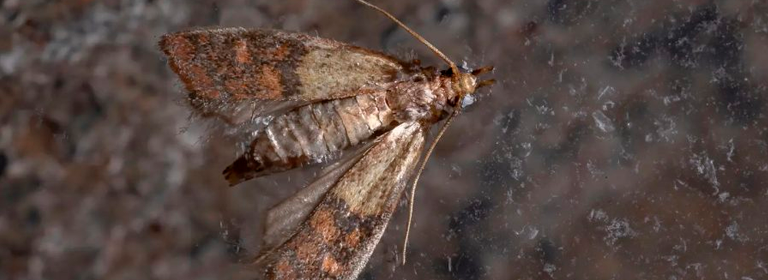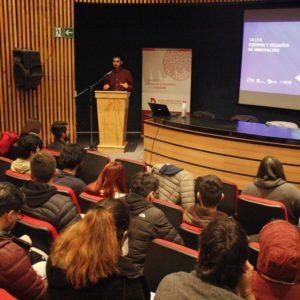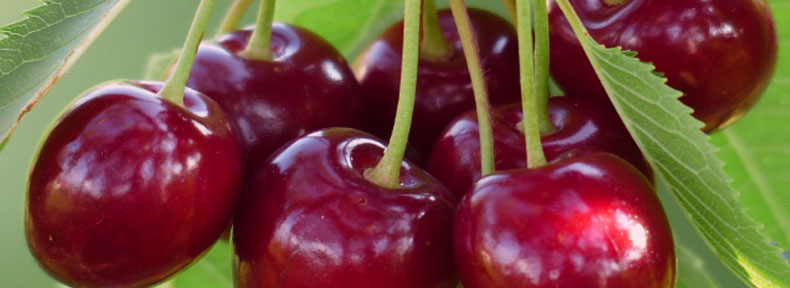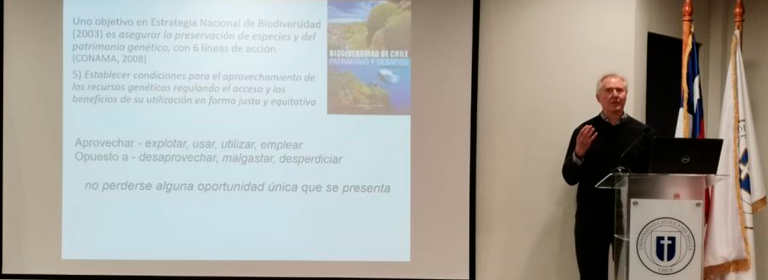Hugo Benítez, a researcher at the Universidad Católica del Maule, warns us about the threats posed by the insect, which is considered a plague in other continents.
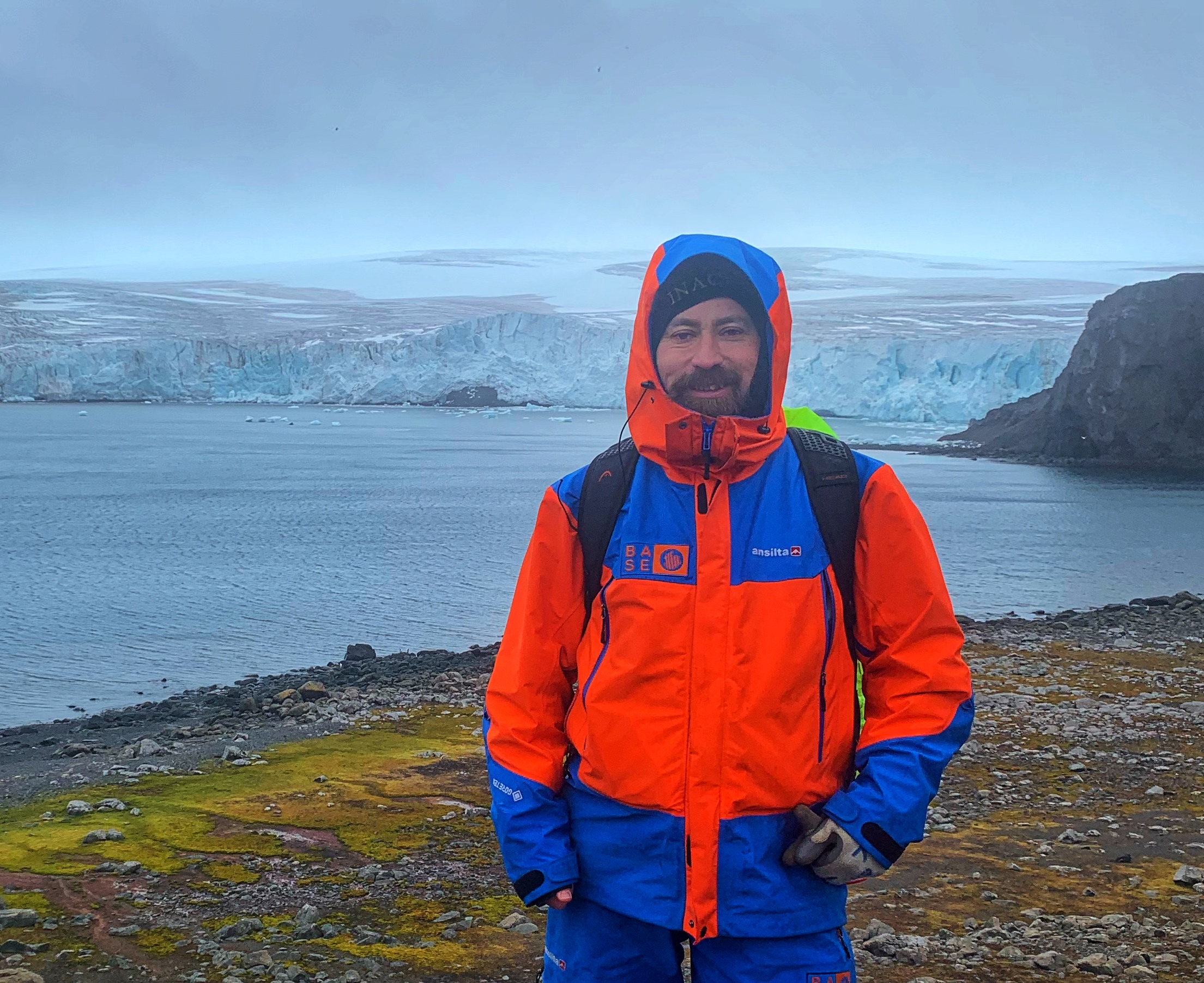 Antarctica’s native fauna has had too much company as of late.
Antarctica’s native fauna has had too much company as of late.
Among the insects on the pristine continent, only two are listed as endemic: the flightless mosquito known as «Belgium antarctica» and the «Parochlus steinenii» fly, a winged animal that is very sensitive to temperature variations and considered an indicator of climate change.
The rest, regardless of their size and number, pose a threat to the biological stability of the southern region.
«There are so few insects that are native to Antarctica that anything that arrives to their natural environment can disrupt their equilibrium and displace them. Four invaders have arrived in the last five years; three flies and a moth,» said Hugo Benítez, director of the UCM’s Centro de Investigación de Estudios Avanzados del Maule (CIEAM).
The doctor in Evolutionary Biology, who has been monitoring invertebrates on the frozen continent for years, documented the presence of a stone guest beyond the South Shetland Islands.
It is the so-called «Plodia interpunctella» or «grain moth», initially sighted at stations in Korea and Brazil and now discovered at the Chilean base Yelcho, located on Doumer Island, 240 kilometers to the south. Considered the most important grain pest in the Americas and Africa, the insect attacks intact cereals, such as wheat, maize, oats, rice, and barley, in temperate and tropical zones.
«It is a very clumsy moth in flight, which is not able to fly to Antarctica, so it is associated with food transport. Brazil and Korea issued alerts of its presence in 2017 and 2022. This time it was found much further south, in shared environments within the station, where there is no food,» said the researcher of the Millennium Institute of Biodiversity of Antarctic and Subantarctic Ecosystems (BASE).
«At the institute we have an Antarctic terrestrial observatory, with a team in charge of surveying the fauna of native terrestrial invertebrates and invasive invertebrates, and we found genetic closeness between specimens from Brazil, Korea, and Chile. This means that the supply system, which is connected, would be lacking in biosecurity, cleanliness, and revision», said the academic, whose findings were published last February by the American platform of scientific and technological news «Popular Science».
Previously, the record of sightings appeared in the journal «Ecology and Evolution», in an article that alerted a new danger for the austral homeowners.
«P. interpunctella is known to host the parasitoid species Habrobracon hebetor (…). The introduction of a parasite could be disastrous for the endemic Antarctic Belgium species and any introduction of parasitoids to the sub-Antarctic islands would have access to a considerable range of native and often endemic invertebrates,» the authors wrote.

